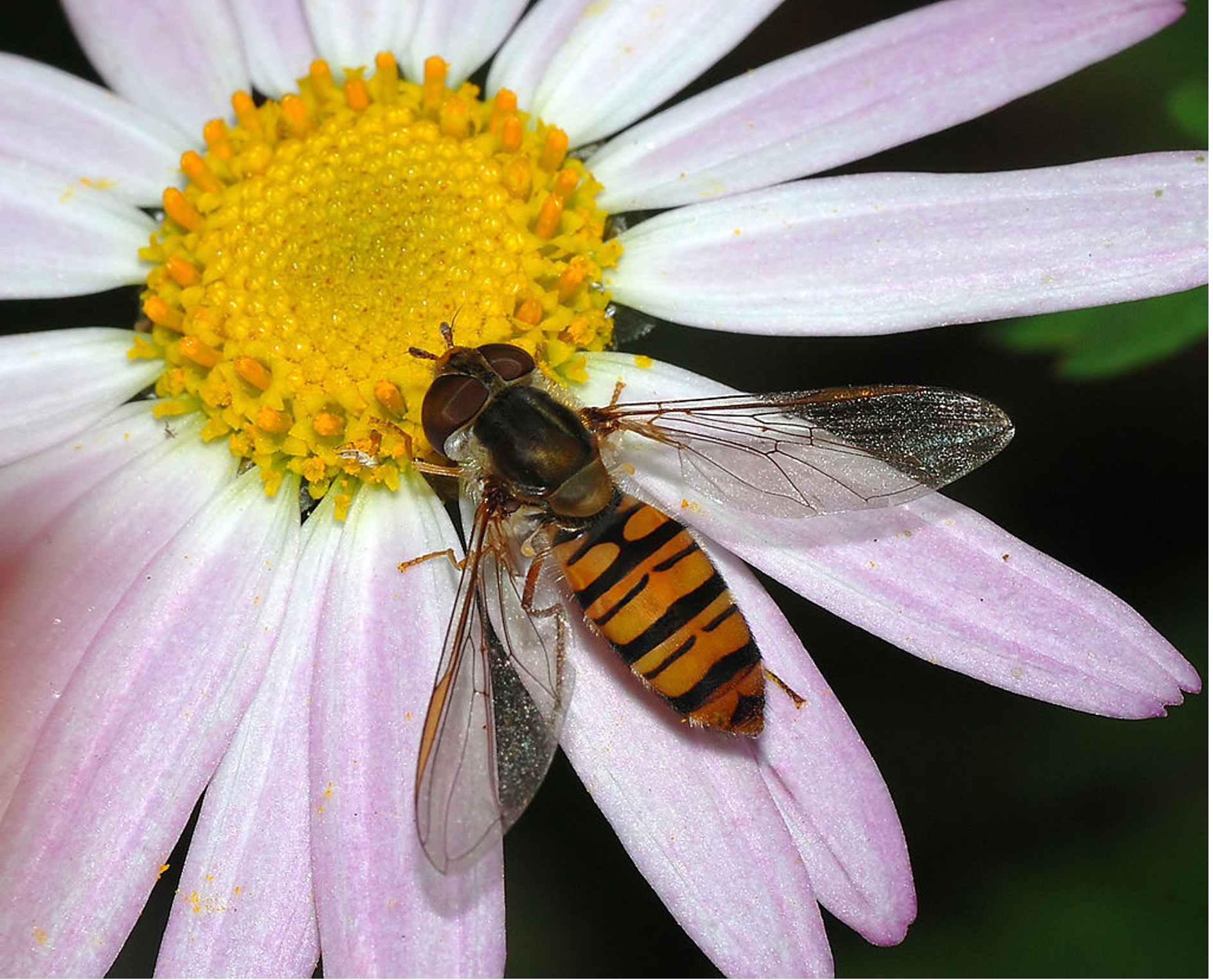In March 1867, Hermann Müller, a young teacher of natural sciences at a provincial Realschule (a type of secondary school that emphasised the natural sciences) in Lippstadt in the Prussian province of Westphalia, sent Darwin two papers on the mosses of that province. In one, Müller described features of the mosses that could best be explained with reference to Darwin’s theory of evolution by natural selection. Darwin apparently wrote back encouraging him in his research, but sadly, as none of Darwin’s letters survive, this has to be gleaned from Müller’s side of the correspondence, which continued until November 1880. Although Darwin was unaware of it at first, Müller was the younger brother of Fritz Müller, one of Darwin’s most valued correspondents. Hermann would soon prove to be another valued supporter as well as a furtherer of Darwin’s research on flower fertilisation.
The young researcher had found Darwin’s book on Orchids an inspiration, but rather than just copy Darwin’s detailed study of the structural adaptations of flowers for promoting cross fertilisation, Müller began to look closely at the insects that visited the flowers in order to observe their adaptations for collecting nectar and pollen. A letter he wrote in October 1867 contained the first ever description with drawings of pollen eating in hoverflies and the special adaptations for this behaviour.
As editors, we sometimes rely on specialists in various scientific areas to help us better understand the topics discussed in letters. In this case, we turned to an entomologist who is an expert in the Syrphidae or hoverflies, Francis Gilbert. Not only was he happy to help us, he was thrilled to see the very first diagrams of the hoverfly mouthparts that are specially adapted for pollen eating. Müller’s discovery seemed even more impressive when we learned that the fact that hoverflies ate pollen was not widely recognised until the 1950s!
So what are hoverflies? First of all, although they are ‘true flies’ (Diptera), from a distance they look more like a small bee or wasp with their characteristic yellow and black stripes. In his letter, Müller described and figured in great detail how the specialised mouthparts possessed what he described as ‘numerous horny cross-ledges’ (now known as pseudotracheae), which were the perfect size for holding pollen grains. He further noted, having examined stomach contents, that these were sized differently in different species, depending on the size of the pollen eaten by each type of fly. It is amazing that Müller, writing in English, found words to describe all the singular mouthparts, for which no technical terms yet existed. Professor Gilbert very kindly ‘translated’ the descriptions into modern terminology for us, so that anyone interested in finding out more about these adaptations can do so. Looking at Müller’s rough but accurate sketches, readers can share the excitement of cutting edge research in the making.
Shelley Innes



